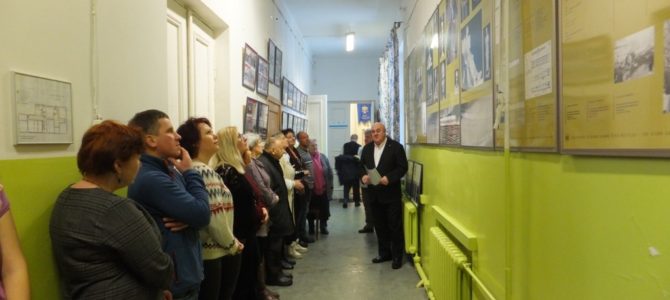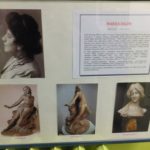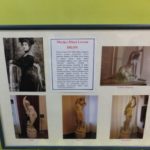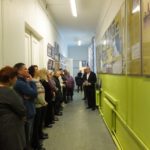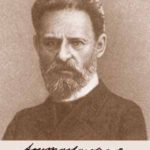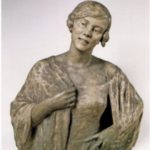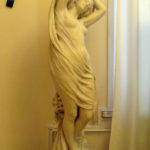The Panevėžys Jewish Community opened an exhibit of works by famous 19th century Litvak sculptor Mark (Mordechai) Antokolski to mark the 175th anniversary of his death at the Panevėžys Jewish Community headquarters in cooperation with the Vilna Gaon State Jewish Museum.
Antokolski was born in the Antakalnis neighborhood in Vilnius in 1843 to a religious Jewish family. From childhood he liked to draw and he learned to carve wood. He matriculated at the St. Petersburg Art Academy in Russia in 1862, was graduated in 1871 and thereafter embarked on a series of works on Jewish and other themes. His bas-relief “Jewish Tailor” won a silver medal. His works were much heralded in artistic and cultural circles in St. Petersburg.
His works reflect a variety of subjects, including scenes from antiquity and Christian, historical and ethnic themes. The sculptor passed away in 1902 and is buried in St. Petersburg. A small street in the Vilnius Old Town was named in his honor following his death.
Another famous Litvak sculptor, Maria Dilon, was also presented in Panevėžys, marking the 160th anniversary of her birth. Dilon was born in Panevėžys in 1858.
Although little known in Lithuania, she is considered the first professional sculptress in the Russian Empire. Dilon also studied at the St. Petersburg Art Academy, in 1888, and then went on to study in Paris. She received gold and silver medals for her works during her studies. Following the conclusion of her education, she exhibited in Chicago, St. Louis, Paris, Berlin, Munich, Rome, Ghent and elsewhere. She produced many paintings and sculptures and was widely recognized for her work. She died in 1932 and is buried in St. Petersburg.
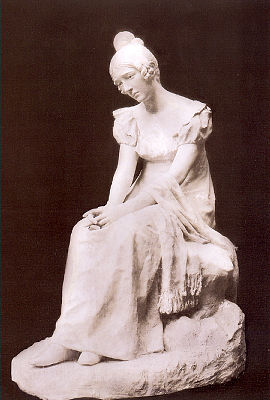
The Panevėžys Jewish Community is creating a biographical photographic exhibit of Dilon’s life and plans to show it next year. The idea is to educate the public in Panevėžys and Lithuania about Dilon’s remarkable art. Comparing Antokolski and Dilon, it’s apparent both attained a very high level of artistic endeavor. For whatever reason Dilon remains unknown to historians in Panevėžys; there are no streets, schools or artistic institutions named after her, Panevėžys Jewish Community chairman Gennady Kofman remarked at the opening of the exhibit. He said the the city and region of Panevėžys should take pride in their famous artists, poets, teachers, doctors and rabbis who have contributed so much to the development of Lithuania as a country. For that reason, Kofman said, they decided to include Dilon’s works in the Antokolski exhibit, and because both are Litvaks from Lithuania, and Dilon is the first famous Lithuanian sculptress.


